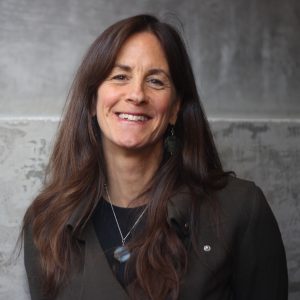The 25June2019 post of this blog suggests that there have been many discussions and declarations around the definitions of sustainability and sustainable design, but not so much around what it takes to be a sustainable designer, which the blog explores. Here I want to revisit the challenges of creating sustainable designs from the perspective of the designer.
The Brundtland Report states that “Sustainable development is development that meets the needs of the present without compromising the ability of future generations to meet their own needs.”
Among the many challenges faced by sustainable designers — and all of us, really — is how to connect the products, processes, and policies that we design in the present with the ability of future generations. The stickler is the double negative “without compromising”. It’s a bit like telling a kid to be home “before dark”. It is clear what “dark” is, but what is “before dark”? For a kid, “before” is an abstract concept, something that their brains struggle with. If we really want them to get home before dark, we need to give them information that makes sense to them and that they can use in the present. Ditto with sustainable designers.
The Sustainable Development Goals (SDGs) set out to tell us how to do that by providing “a shared blueprint for peace and prosperity for people and the planet, now and into the future.”
Many organizations have made these (and their own goals) more granular by creating standards, certifications, accreditations, guidelines, and tools to help sustainable designers to turn these ideas and goals into realities. These are the ‘head’ and the ‘hands’ of sustainable design.
But for designers, there is always the ‘heart’. Beyond math and science and regulations and markets, designers base their designs on feelings and intuition, connections and beauty. That is what makes the practice of design so compelling to designers. (And that is why our sustainable design program is based at an Art + Design school.)
Unlike matters of the head and the hands, matters of the heart are far more challenging to define and put on a list. So what is a sustainable designer to do?
Buckminster Fuller said, “When I’m working on a problem, I never think about beauty. I think only how to solve the problem. But when I have finished, if the solution is not beautiful, I know it is wrong.”
Designers become sustainable designers when they know — in their heads and in their hearts — that their designs reflect and reinforce empathy rather than exploitation. They know that their designs are beautiful.
How do you know if your designs are sustainable? After you are done mapping the systems, doing the analyses, and checking the lists, ask yourself these questions: Is the success of my design based on (bio)empathy or based on exploitation? Are my designs beautiful?
What is empathy? To learn more, explore our FREE online mini-course called “Empathic Action for Delivering the Good Life”. What is BioEmpathy? Explore last week’s blog.
If you’re ready to apply empathy and bioempathy to make your designs beautiful, explore our fully online MA in Sustainable Design program.

